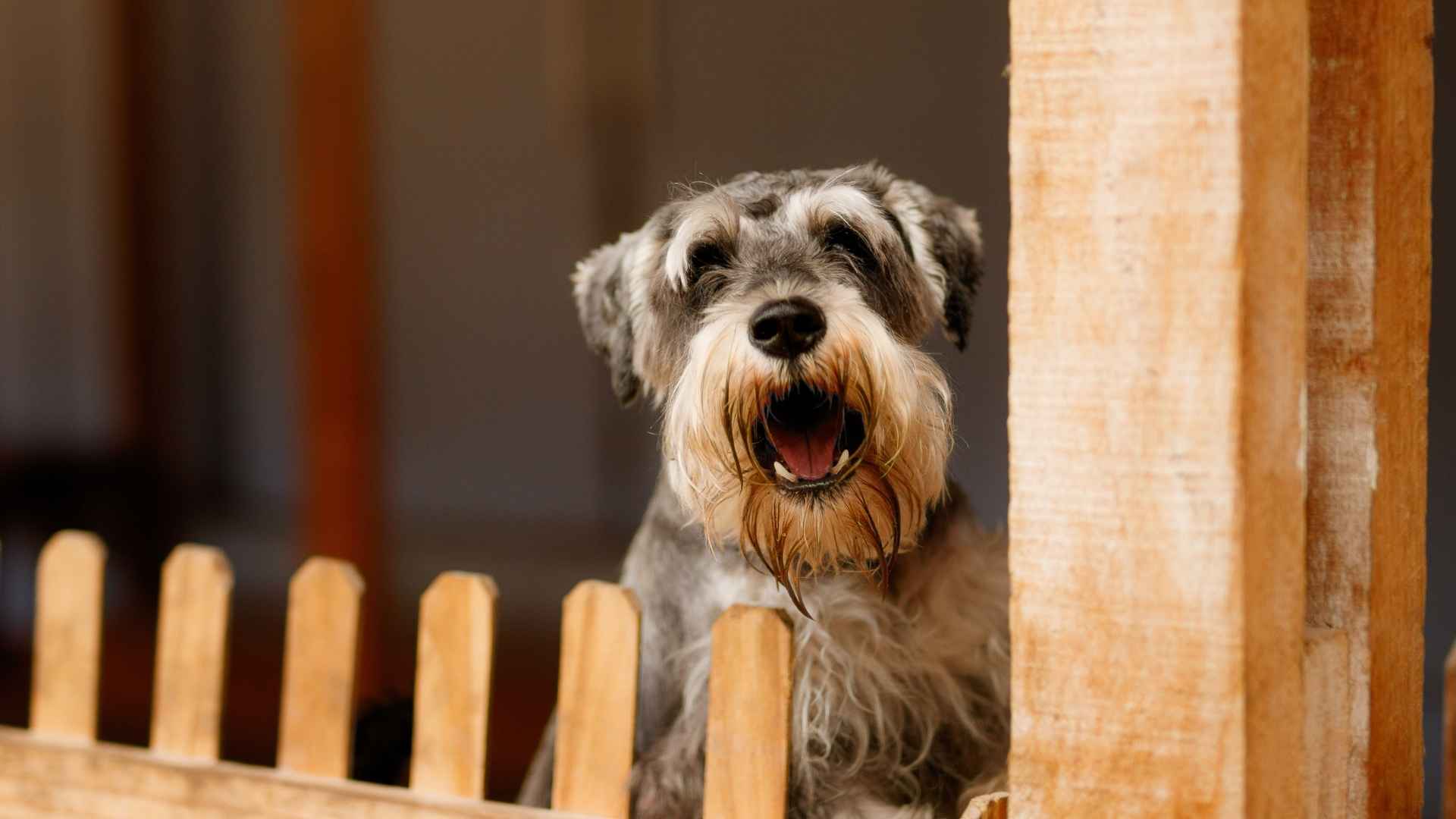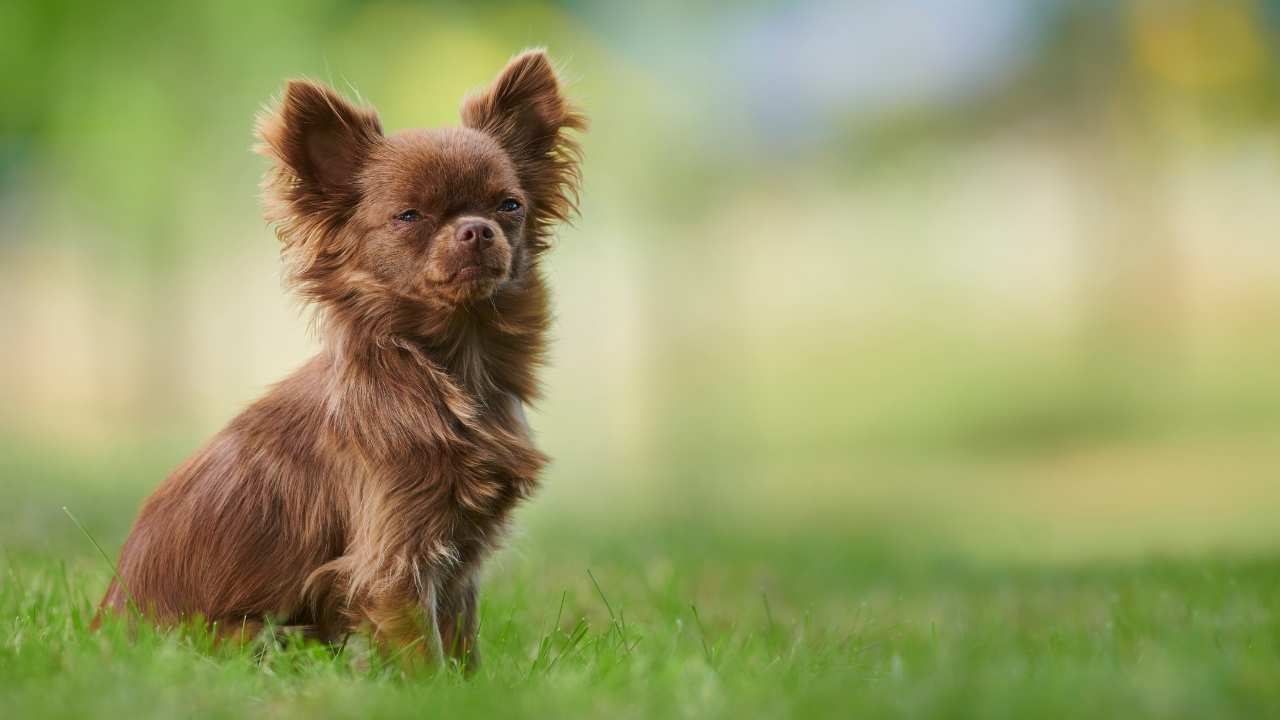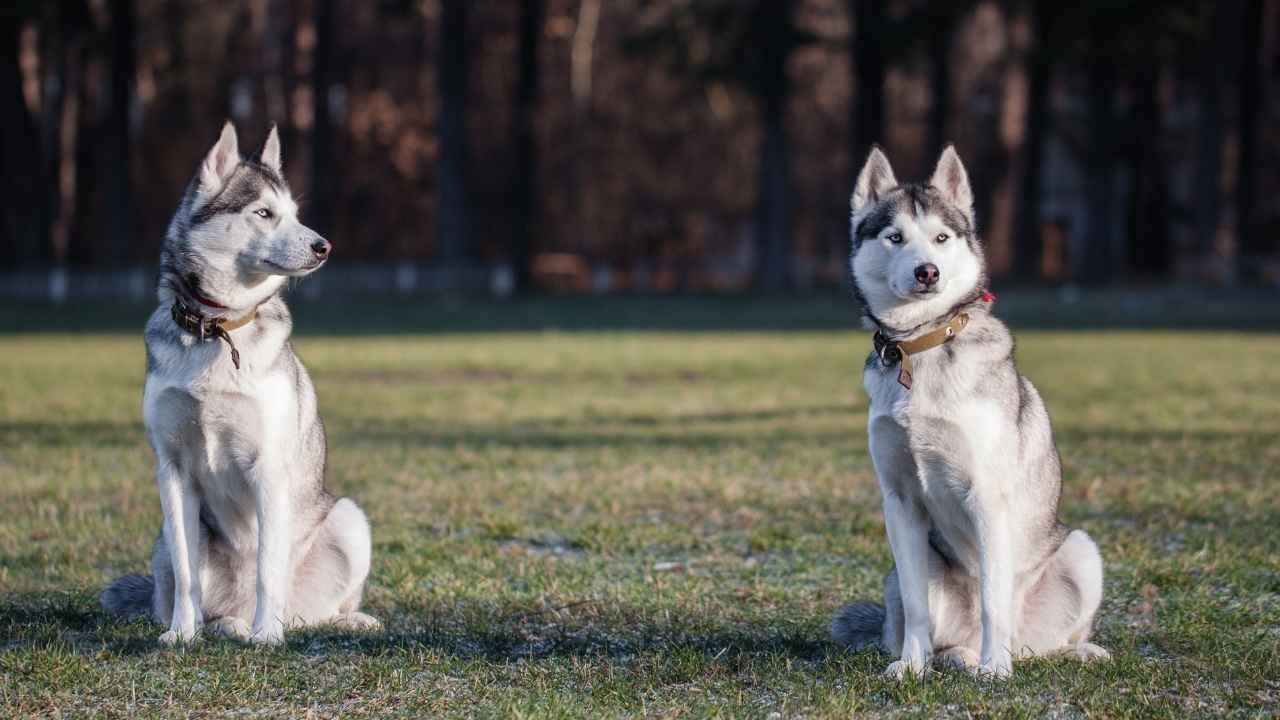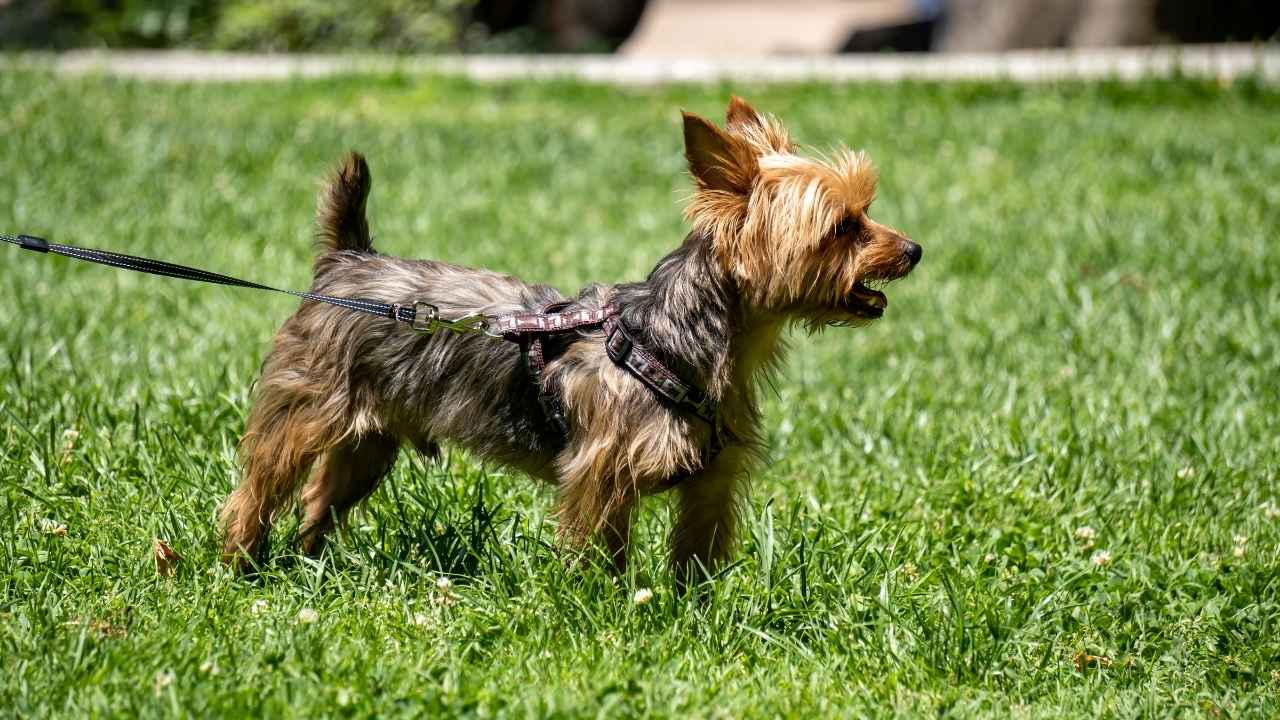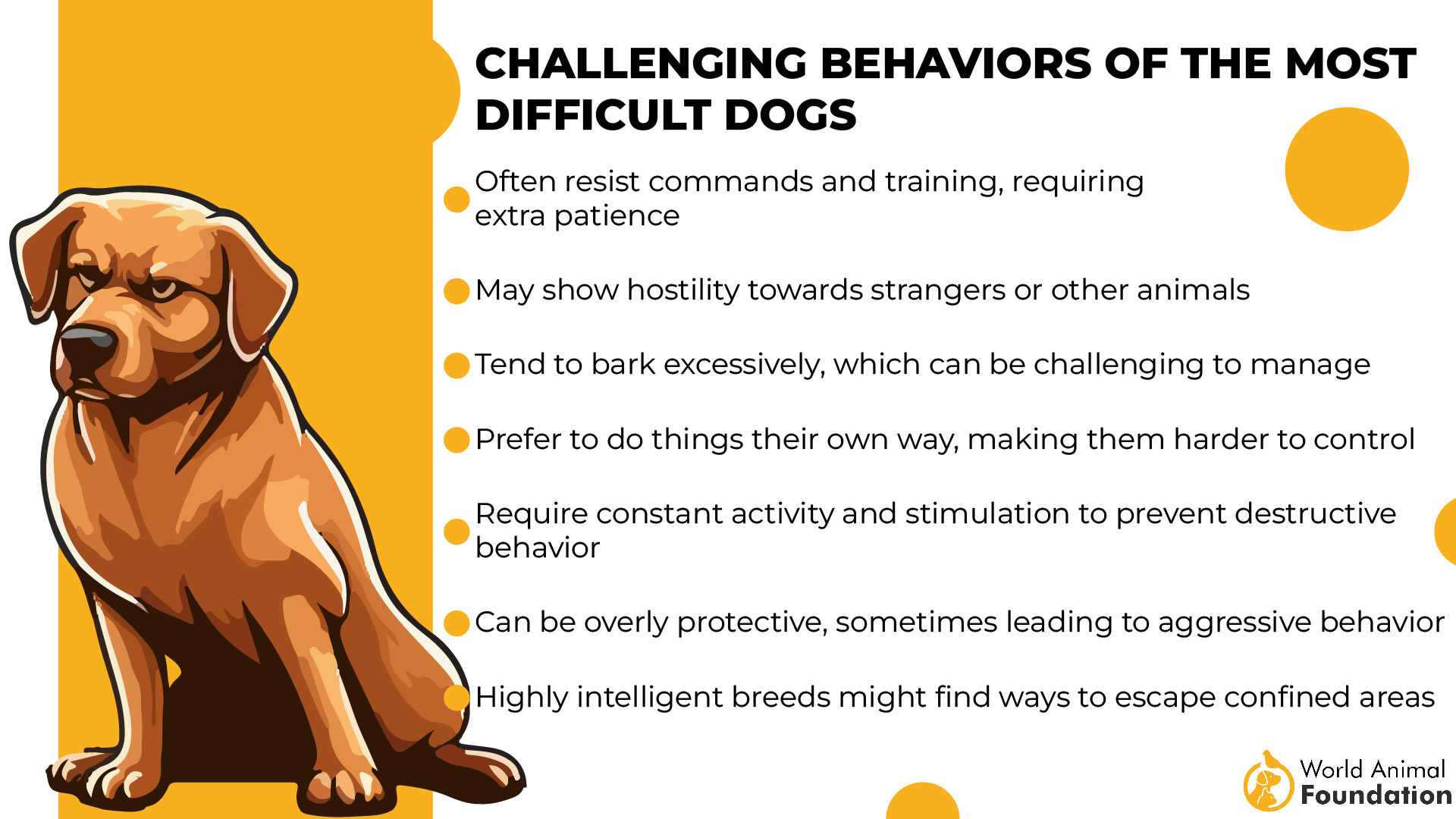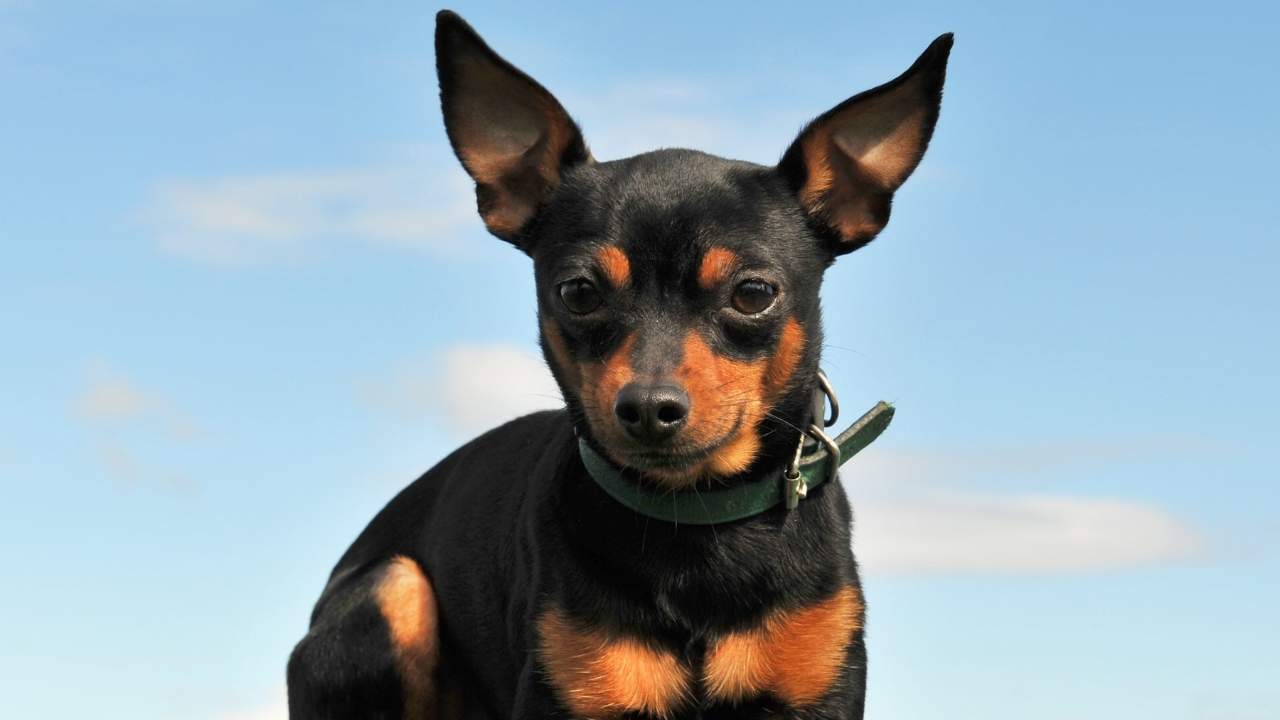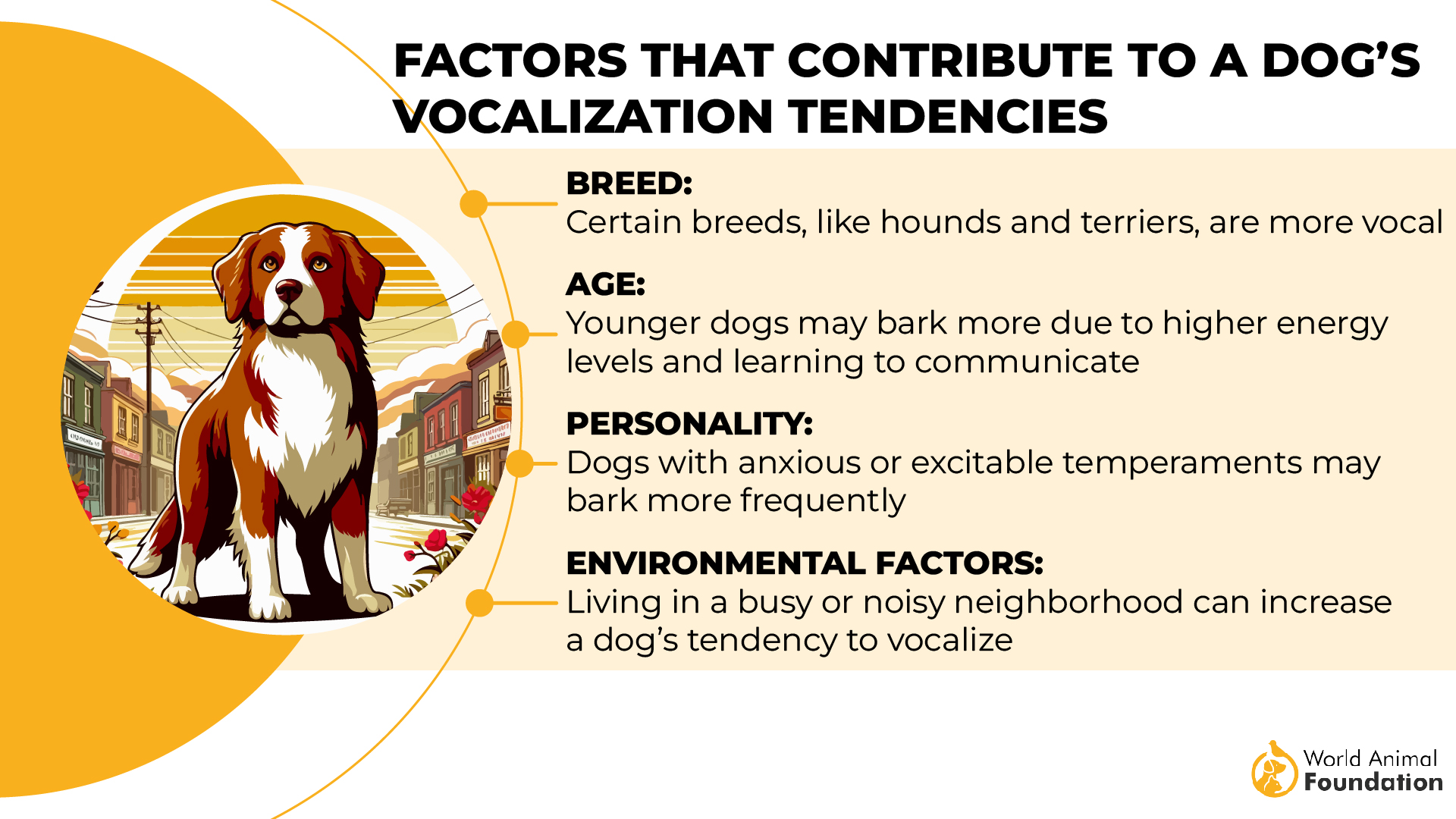Dogs are often celebrated for their companionship, loyalty, and unique personalities. However, some breeds are particularly known for their vocal nature, turning every passing squirrel or visitor into an opportunity for conversation. In “10 Most Noisiest Dog Breeds That Love To Bark,” we delve into the world of these exuberant canines, exploring the characteristics that make them so chatty. From the tiny but tenacious Chihuahua to the ever-watchful Beagle, discover the breeds whose spirited barks resonate through neighborhoods, leaving an indelible mark on every ear. Whether you’re a bark enthusiast or prefer quieter company, this guide offers insights into the delightful din of dogdom.
Dogs communicate in many ways, and barking is one of their most common forms of expression. Whether they’re sounding the alarm, showing excitement, or just seeking attention, barking is their way of connecting with us. However, some dog breeds take it to the next level and seem to have a natural gift for being extra vocal!
Barking habits vary widely between breeds, and it’s often in their DNA. For example, breeds originally trained for herding or guarding are naturally more alert and prone to barking. But even though barking is a natural behavior, it can also stem from emotions like boredom, anxiety, or a need for attention.
While every dog can bark, some breeds are simply louder than others. Curious to know which ones top the list? Keep reading to discover the 10 noisiest dog breeds that love to make their presence known!
Noisiest Dog Breeds
1. Chihuahua
Chihuahuas are adored for their tiny size and big personality, but their barking can be a challenge if not properly managed. Despite their small stature, Petplan says that these little dogs are incredibly territorial and often act as natural guard dogs. When they sense a threat, they’ll bark loudly and persistently, no matter how small the “danger” may seem.
Chihuahuas are full of energy and will often channel that into high-pitched barking, especially if they haven’t had enough exercise. Their vocalizations are their way of expressing excitement, alerting you to visitors, or simply protecting their space.
While they may seem harmless, their constant yapping can be overwhelming, particularly in apartments or homes with close neighbors. Proper training can help tone down their vocal tendencies, but without it, these feisty pups are likely to continue barking at anything that catches their attention.
2. Dachshund
Dachshunds, originally bred in Germany to hunt small tunneling animals like rabbits and foxes, are fearless little dogs. Despite their small size, they were also used to track larger prey like badgers, which makes them incredibly courageous. This hunting heritage is a big part of why they can be more vocal than many other breeds.
As natural hunters and excellent watchdogs, Dachshunds are quick to bark and alert their owners to any perceived threats, making them loud when it comes to guarding their home. They tend to be wary of strangers and will sound off if they spot anything suspicious.
Their digging habits, a trait passed down from their hunting days, can also lead to some destructive behavior, especially if they’re not given enough stimulation. Greencross Vets warns their stubborn streak, inherited from their tenacious hunting background, can make training them a bit of a challenge.
3. Beagle
Beagles are known for their loud barking and howling, which comes from their history as hunting dogs. Originally bred to track and alert hunters about prey, their howls and barks were essential for communication during hunts. This natural vocalization is part of what makes them so unique.
Beagle lovers often describe their dog’s distinctive voice as “musical,” but not everyone may agree with that. Beagles are known for howling at sirens, “giving tongue” while on the hunt, and barking at strangers. However, PDSA notes that they typically aren’t nuisance barkers unless they’re feeling bored or lonely.
These energetic dogs thrive on physical activity and have a strong instinct to follow scents, a trait inherited from their hunting background. While most Beagles aren’t used for hunting today, their natural instincts still drive them to bark when they detect movement, making them a particularly vocal breed.
Without proper training, Beagles can bark excessively, especially if they pick up on unfamiliar scents or other distractions that trigger their hunting instincts.
4. Russell Terrier
The Jack Russell Terrier, originally bred for hunting and fox flushing, is a lively and vocal breed. These energetic dogs were designed to bark loudly to alert hunters, and that trait remains strong in them today. Their instinct to bark and make noise is especially pronounced when they’re excited or feel alert, making them one of the noisiest dog breeds.
Known for their boundless energy, PDSA notes that Jack Russells are constantly on the move, and they’re likely to bark whenever they get worked up, whether it’s during play or when they sense something unusual. Because of their vocal nature, early training and plenty of exercise are essential to help manage their barking.
If you find their noise overwhelming, consulting a professional trainer can help. With a bit of patience and consistency, your Jack Russell can learn to channel her energy in a more controlled way while still being the fun, spirited companion she’s known for.
5. Siberian Husky
Siberian Huskies, originally bred to pull sleds in large teams, are naturally vocal dogs. They communicate with their pack through howling, barking, and whining, which they carry over into family life. These dogs are full of energy and social by nature, so they often express themselves loudly, especially when excited or seeking attention.
While Huskies aren’t big on traditional barking, their howling and other vocalizations can be quite loud and disruptive. If they’re bored or lonely, they may “talk” more to get attention. This makes them less ideal for apartment living, especially in close quarters with neighbors.
Britannica points out that these active dogs need plenty of exercise and mental stimulation to prevent restlessness, and a secure yard is a must to keep them from escaping. If not given enough attention and activity, they may even start causing damage around the house.
6. Yorkshire Terrier
The Yorkshire Terrier, or Yorkie, may be small in size, but it has a big, bold personality. Known for being fiercely territorial, this breed tends to bark at any potential threat, no matter how small. Whether it’s a knock at the door, a ringing phone, or even just a change in the environment, a Yorkie’s alert bark is hard to miss.
Yorkies are naturally vocal, and their yapping can become quite frequent if they’re not properly trained or distracted. Despite their compact size, they aren’t shy about expressing themselves, making them quite the talkative breed.
While their barking can be managed with training and exercise, the Yorkie’s instinct to protect its territory remains strong. With their spirited nature, Yorkies are not the quietest dogs, but their loyal and feisty character makes them great companions for those who appreciate their energy.
7. Miniature Schnauzer
The Miniature Schnauzer is a lively and spirited dog with a big personality packed into a small frame. Originally bred as farm watchdogs, these dogs are naturally vocal, using their barks to get your attention or alert you to anything they deem important. Whether it’s the doorbell ringing or an unexpected sound, you can count on your Mini Schnauzer to make its presence known with a sharp bark.
Despite their energetic nature, Miniature Schnauzers are relatively easy to train, especially with positive reinforcement. They love to be involved in everything you do and will happily announce every visitor or passing car with enthusiasm.
While their barking can be managed with training, it’s essential to understand that this breed’s instinct is to be vocal, making them one of the noisier small breeds. With their intelligence, affection, and boundless energy, they’re sure to keep you entertained, whether they’re playing or snuggling up for some quiet time.
8. Basset Hound
Basset Hounds are known for their signature deep, baying howl, a trait that comes from their strong hunting background. This breed uses its voice to express excitement, frustration, or even loneliness. Their howls can be loud and clear, especially when they’re left alone for long periods, and can often be heard from quite a distance.
These dogs can become vocal when they’re bored, anxious, or not getting enough attention. Basset Hounds are active and curious, so regular walks and playtime are essential to keep them happy and prevent excessive howling.
While they can be a bit stubborn, PetMD adds that they’re motivated by food, which makes training easier. Just keep in mind that their loud bark and distinctive howls are part of their charm, and if you’re in a quiet neighborhood, you might need to manage their vocal tendencies.
9. Fox Terrier
Fox Terriers, whether Wire or Smooth, are energetic and lively dogs, and their vocal nature is one of their most noticeable traits. Bred for hunting, these dogs have an instinct to bark, a behavior originally used to alert hunters and corner prey. As a result, they tend to bark at anything unusual or unfamiliar, making them quite vocal.
These playful, intelligent dogs have big personalities, often filling their home with energy and excitement. Fox Terriers love to explore and stay active, but they can also be a bit mischievous.
While they generally get along well with other pets, proper training and socialization from an early age are key to managing their barking and ensuring they don’t become too noisy. With the right attention, Fox Terriers can be excellent companions, full of fun and charm.
10. Miniature Pinscher
Miniature Pinschers are known for their vocal nature and tend to bark frequently. They use their bark to communicate with their owners, alert them to potential threats, or simply express excitement. While this breed makes excellent watchdogs, their constant barking can be a challenge in quieter environments or apartments if not properly managed.
These dogs are highly alert and often bark at unfamiliar sounds, strangers, or even when seeking attention. Though their instinct to bark is natural, proper training with positive reinforcement can help control excessive noise.
According to AKC, Min Pins are smart and love their families, but they can be independent and sometimes stubborn. Early socialization and obedience training are important to ensure they grow into well-behaved, balanced pets.
Final Thought
Loud and persistent barking is a common trait among certain dog breeds, and understanding the reasons behind this vocal behavior can help owners manage it effectively. While many of the loudest dog breeds, such as the Bernese Mountain Dog or Cavalier King Charles Spaniel, were not included in our list, they are still known for their varying levels of barking. For example, German Shepherds are often recognized for their intimidating bark and frequent barking, while breeds like the Cairn Terrier and Scottish Terriers can also display vocal tendencies due to their natural instincts.
So now you know what dog breed barks the most? If you’re an apartment dweller, you might want to be cautious of breeds that are prone to excessive barking, such as the Standard Schnauzer or the Japanese Chin. For quieter homes, breeds like the Barkless Dog, like the Basenji, may be more suitable. Training and understanding body language are essential to help prevent persistent barking and ensure a peaceful living environment. Whether you’re dealing with small dogs or larger, more vocal breeds, managing barking starts with knowing their needs and behaviors.
In conclusion, while many dog breeds are known for their vocal nature, understanding which ones are particularly inclined to bark can be crucial for potential pet owners. The top 10 noisiest dog breeds, known for their love of barking, include energetic and alert breeds often used for herding or guarding. Owners of these breeds should be prepared for frequent vocalizations and consider this trait when assessing their suitability for different living environments. Training and early socialization can help manage excessive barking, ensuring a harmonious relationship between the dog and its human companions.

